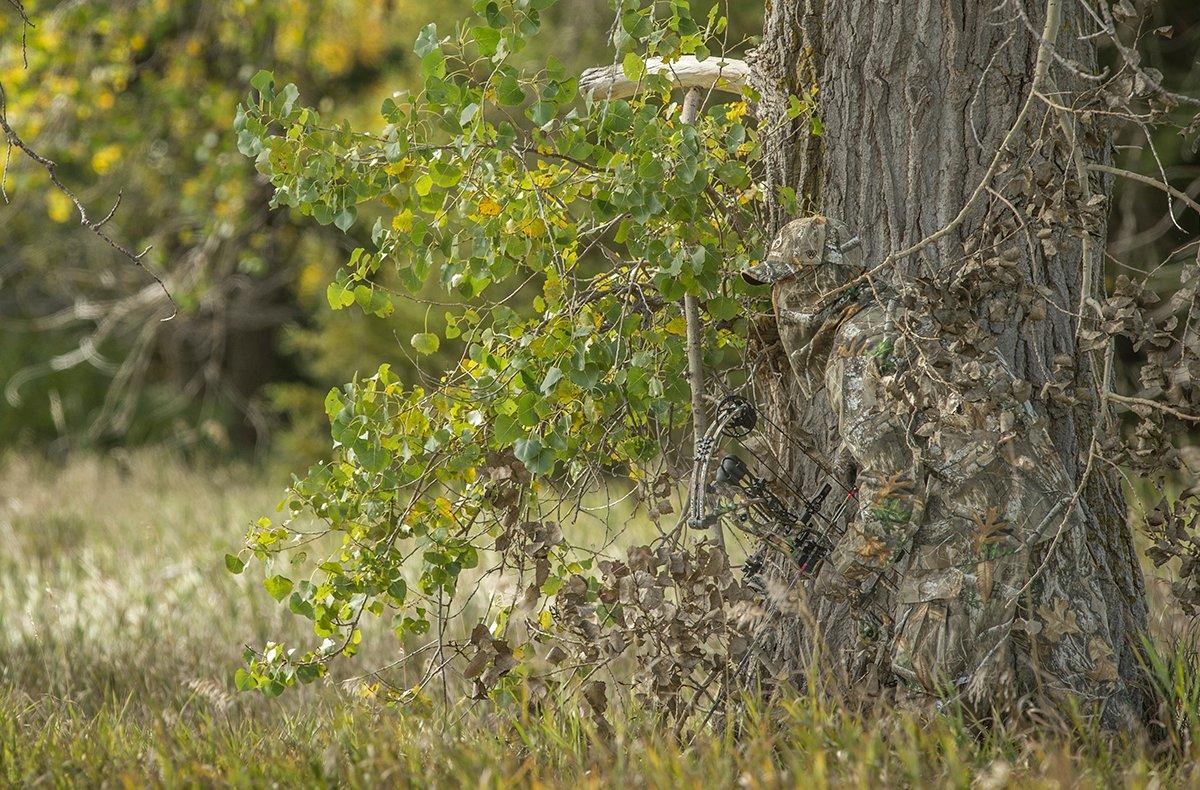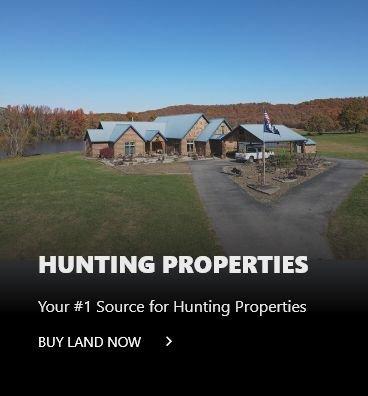It's probably better than you think. Experts share eight tips for chasing big whitetails on land open to everyone
From the wide-open expanses of southwestern Kansas to the foothills of southeastern Ohio, I've spent a good bit of time chasing whitetails on public ground. I've hunted large and small tracts with varying amounts of competition. Public land can get a bad rap, but the truth is, some hunters overexaggerate the pressure.
We reached out to three Realtree pro staffers who've logged a lot of public-land hours for their insights on hunting public land. At some point, all public land receives some hunting pressure. But the opportunity to fill a tag is always there, no matter the circumstances. It's a matter of putting yourself in the position to be successful. Here's how to do just that.
1. Avoid People
Obvious? Yes. But hunters stack on top of each other every season in certain areas. Take it straight from Hotel Transylvania, said Georgia big-buck slayer Mike Mayfield, a 20-year veteran of Realtree's pro staff. The humans. Stay away from the humans. Hunt during the week. The weekends usually see more traffic.
One of the best ways to avoid other hunters is to avoid state properties, which are generally the best-known public areas in whitetail country. Instead, focus on areas that aren't as publicized, such as land owned by power companies or mining companies that is open to public hunting.
2. But Play Nice
When you run into other guys out hunting, don't act like they're the enemy, said Midwest Whitetail's Josh Sparks. I've learned a lot about spots from other hunters. I think they were so open with me regarding information because I wasn't a jerk, and I shared what I saw. Don't direct them to your secret tree, but a little bit of genuine conversation can go a long way.
3. Forget the Rut
Think timing. Don't overlook times of the year outside the rut, Sparks said. I tend to hear guys say they took all of their vacation in November because they felt that was their best chance. Sure, chances of success are awesome that time of year. But I never hear anything about October, which is by far my favorite time to hunt. There are substantially fewer hunters in the woods. So, if pressure is your concern, focus on when guys aren't out there. You can still have some great hunts outside of the rut.
4. Avoid Big Cities
Monitoring the level of human intrusion is almost as important as scouting for deer. It's fairly easy to keep tabs on local hunters. But outside of opening days, gun seasons and peak rut-hunting dates, it's hard to know for sure when out-of-towners will roll in.
Sparks says that properties farther away from major population centers generally receive less attention from resident hunters. However, non-residents are catching onto that trend and are starting to focus on out-of-the-way properties because of it. Keep these things in mind, weigh the information you have, and make a decision. Oftentimes, DNRs can provide a great deal of public land hunting data, including harvest records. Check to see which areas receive less attention.
5. (Maybe) Shy from the Roads
While virtually every property gets hunted, a small percentage of tracts receive very little pressure. The key is putting in the time to locate them. Check for properties that show likely hot spots well away from roads and access points.
Mayfield suggested exactly the same. Generally, the more roads, the more people. He likes land that is challenging to access. On the flip side, other public-land experts, such as Dan Infalt, encourage hunters to hit spots within sight of roads and parking spots. He believes mature bucks sometimes bed in areas that allow them to see hunters approaching on popular entry/exit route trails.
6. Find Thick, Nasty Cover
Another characteristic of really good public-hunting ground is dense, low-lying cover. Our experts said the thicker the better. Most hunters want to be able to see 500 yards. Such areas aren't as likely to produce mature deer, especially on mature bucks. Locate thicker security cover instead.
The good news? You can oftentimes find such areas on aerial maps. The same goes for edge cover. Look for color variations. Oftentimes, the different shades of green will identify edges. Typically, thicker cover will be located in such areas. Also, with time and practice, you can even learn how to differentiate between hardwoods, cedars and other types of trees via aerials, too.
I'm all about maps, Sparks said. And to be honest, that's where I do most of my scouting. I pick spots that I think have potential.
7. Use Creative Access Methods
Another tactic is to identify areas deer might push toward once they're pressured. I find areas where deer go when they get pressured, Sparks said. Find access to public that isn't obvious. Try to get to your spot early, before other hunters start walking in.
Also, try to gain access that other public hunters won't have. Talk with adjacent landowners, Mayfield said. They might allow access to hard-to-reach areas on the back sides of public-land areas. You might be surprised. Having respect for people's land opens up a lot of possibilities, too.
And don't be afraid to use out-of-the-box options. It's prime if you can access the public land from water by boat, Mayfield said. Also, bicycles are a faster way to enter properties that do not allow motorized vehicles. Bicycles allow you to cover more ground, are quiet and basically odorless. But these methods take more effort, and many hunters would rather hunt within 200 yards of a road.
8. Don't Overthink It
Finally, Sparks says his approach to hunting public land differs very little than when hunting private land. During some portions of the season, public-land pressure increases a lot. But I can't control what other people do, Sparks said. So why factor it into what I'm doing? There is so much public ground around that can produce great hunting. It's just a matter of finding those spots and hoping the uncontrollable factors fall your way enough that you can get an opportunity.
The same is true for private land. And many posted properties get hit harder than nearby public options.
In summary, sometimes you just have to give it your best shot and go hunt some public. You never know what might happen.
Don't Miss: Your Roadmap to a Big Public Land Deer
Check out more stories, videos and educational how-to's on deer hunting.












